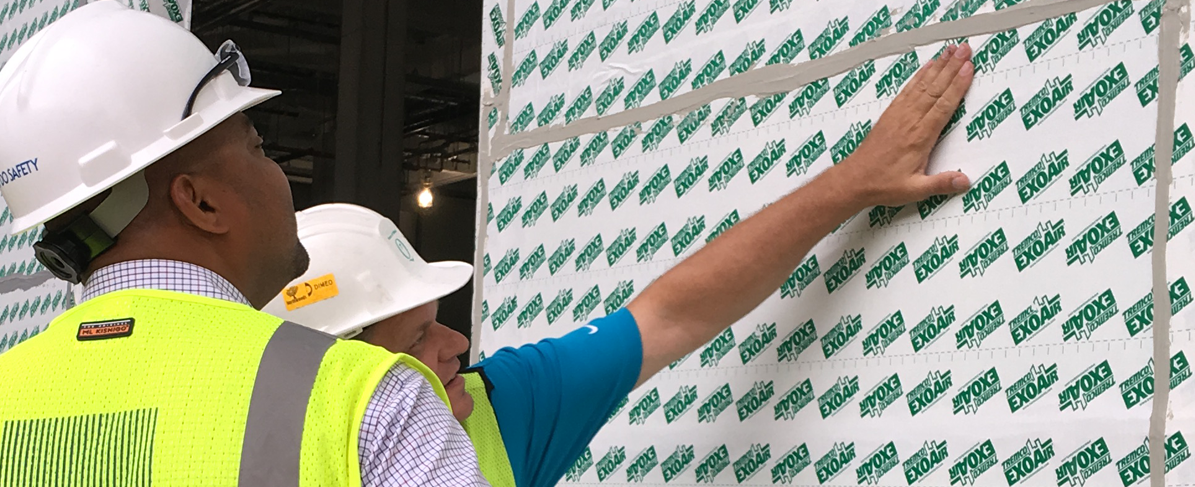Fact or Fiction? Peel-and-Stick Membranes are Effective Transitions
Are peel-and-stick membranes effective transitions? We break down the fact and fiction of where these products are best utilized for a leak-free building.

Are peel-and-stick membranes effective transitions? We break down the fact and fiction of where these products are best utilized for a leak-free building.

Connections between building materials are notorious sources of failure. While peel-and-stick air barrier membranes are common on the jobsite, are they effective for these transitions? That is FICTION. Peel-and-sticks, also known as self-adhered air barriers, are designed to be applied to sound, non-moving surfaces. The material application requirements clearly state to not bridge across gaps and voids. Using them at transitions in moving joints is counter to how they were intended to be used.
Peel-and-stick membranes and tapes are commonly used as a rough opening treatment but it is virtually impossible to make this treatment seamless. This usually requires cutting and fitting together different pieces with many overlaps. The seal between the laps is the weakest link. And, where there are seams, there is an opportunity for moisture (and air) to enter.
Within the last several years, product development has brought more secure options but change is difficult for many. The question then comes down to how the various alternatives today will perform under demanding conditions and at what point performance breaks down.
To better understand the performance of various materials available today, a self-adhered membrane and pre-engineered silicone materials were tested as transition materials on two different test walls at Tremco's Building Science Laboratory to compare side-by-side performance.
This testing proves that products made for static conditions are NOT a transition solution. Have a test that you'd like to trial out? Contact our Building Science experts to get started.